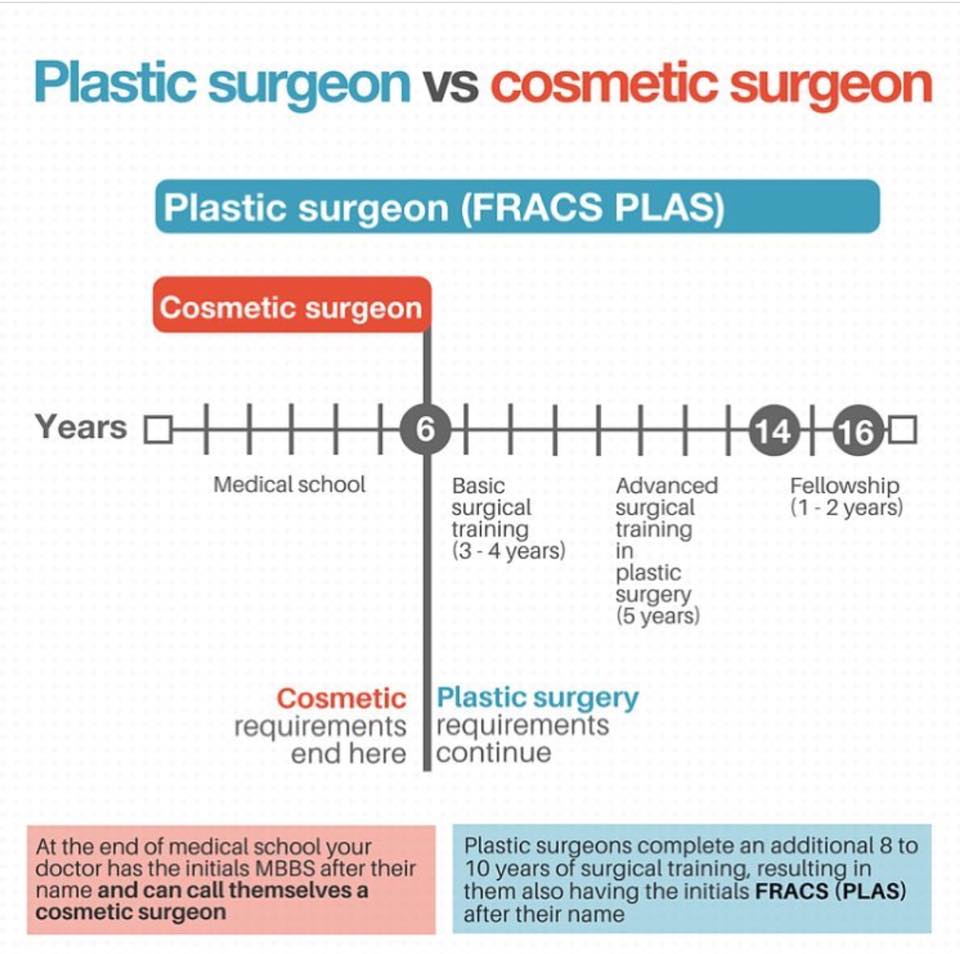AHAs are a key ingredient for unclogging pore obstructions and lightening up acne-prone skin. They function by breaking down dead skin cell build-up to promote newer, fresher cells, and preventing future obstructions.
Formulating topical AHAs requires careful focus to various essential aspects that dramatically impact their effectiveness and tolerability. Preserving the optimum pH array, along with car choice and focus, amplifies their exfoliative features while mitigating potential negative responses.
Glycolic acid
Glycolic acid is recognized for its mild yet effective exfoliating buildings, which advertise skin's natural shedding and loosen the "adhesive" that holds dead cells externally of the skin. This assists unblock pores and decrease the appearance of fine lines and wrinkles, as well as improve overall skin structure and tone.
Remarkably, topical glycolic acid has actually likewise been revealed to boost the production of collagen, which is critical in maintaining skin's firmness and elasticity. It is very important to keep in mind, nonetheless, that due to the fact that glycolic acid can boost the skin's sensitivity to sunlight, it is essential to wear sunscreen when utilizing any type of products including this component.
Skin specialists pay mindful attention to the formulation of products consisting of AHAs in order to optimize their efficacy and tolerability. Formulating AHAs with the suitable car, together with pH and concentration considerations, enables ideal skin infiltration while minimizing potential unfavorable reactions. This is particularly essential for patients with sensitive skin, since AHAs are known to be slightly annoying.
Lactic acid
Lactic acid is found in many over the counter skin treatment products and some stronger professional peels and treatments. It has the most affordable molecular weight of all the AHAs and is able to penetrate much deeper right into the skin, where it is a lot more efficient at unclogging pores and exfoliating.
Like glycolic acid, it also stimulates collagen synthesis, which helps diminish fine lines and creases and improve skin texture. Additionally, it has moisture-retention buildings, that makes it preferable for drier skin kinds than various other AHAs.
The comprehensive body of medical data validating the efficacy of topical AHAs sustains their energy in a wide range of dermatological conditions and aesthetic concerns. These include intricate skin restoration treatments, depletion of great lines and wrinkles, lightening of hyperpigmentation, therapeutic intervention for actinic keratosis, and acne monitoring [2] Enhancing the formula of AHAs by balancing pH, concentration, and lorry choice even more enhances their healing capacity. These cautious considerations make it possible for skin specialists to deliver secure and efficient treatments that provide superior professional outcomes.
Mandelic acid
Mandelic acid, originated from almonds, is another member of the AHA family members and is a prominent component in products that assist treat acne. Its larger molecular dimension suggests it permeates the skin much more slowly and delicately, which can decrease the potential for inflammation. It's also much less likely to trigger soreness and various other skin sensitivity concerns, making it suitable for delicate skin types.
Mandelic Acid is thought to help in reducing inflammation and boost hydration. It functions by loosening the bonds in between dead skin cells, permitting them to shed and disclose fresher-looking skin. It also helps in reducing the look of enlarged pores.
Creating topical products with AHAs requires an exact balance of vital aspects that significantly influence their efficacy and tolerability. Specifically, the pH of an AHA formula has been revealed to play a critical function in its capability to advertise exfoliation and boost complexion and structure. Achieving this optimum concentration is a difficult objective and needs thorough interest to the numerous elements that influence the formulation procedure.
Citric acid
Citric acid, found in citrus fruits such as oranges and lemons, is a moderate AHA. It's much less irritating than glycolic or lactic acid, making it preferable for sensitive skin. It likewise has astringent properties, assisting to dry excess oil.
Like other AHAs, citric acid can be made use of in chemical peels and daily active/maintenance treatments to scrub the skin and promote cell turn over. It can help in reducing the appearance of dark areas and hyperpigmentation, as well as fine face lines.
It can also enhance the synthesis of glycosaminoglycans, which play a vital role in strengthening the skin obstacle feature. This helps to prevent trans-epidermal water loss, and keep optimal hydration degrees in the skin [35]
AHAs can be incorporated with relaxing components such as ceramides or hyaluronic acid to improve their tolerability. They can be included right into day-to-day active/maintenance skin care with cream or lotion solutions. This enables practitioners to customize their AHA treatments based upon person needs botox and fillers near me and preferences, with the versatility of choosing from different therapy strengths or concentrations.
